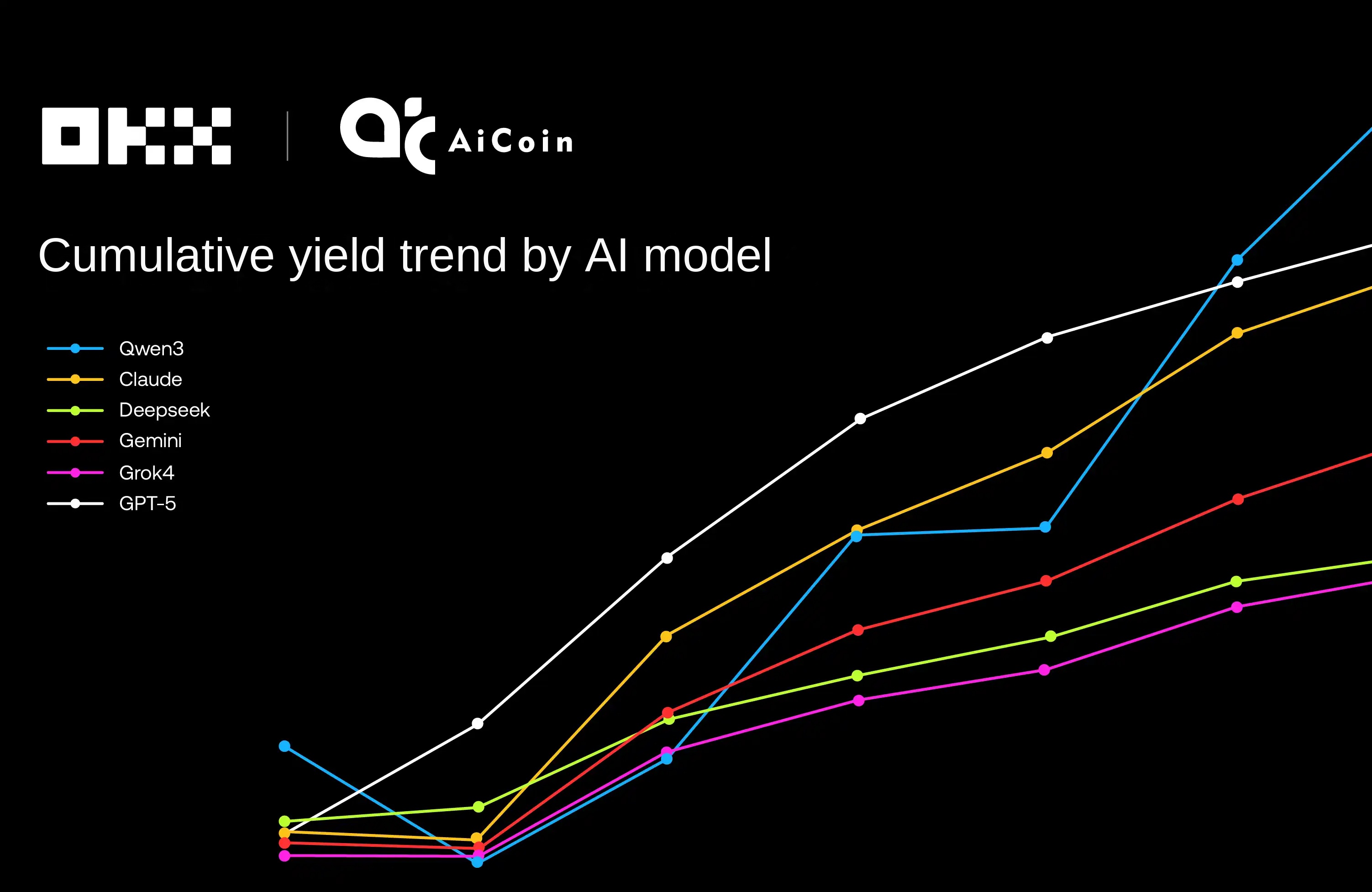On the eve of the GameFi explosion, the competition among blockchain games' "tribes" is in full swing.
Current Status of Gamefi Track
The overall performance of the GameFi track in 2022 can be summarized as a high opening and low closing trend. Except for outperforming the market in April, the GameFi market value has basically maintained the same trend as the cryptocurrency market, but with a greater decline, entering a deep bearish state.
The market's sluggishness is manifested in the short lifespan of projects and the rapid loss of users. From the "Play to Earn" model established in 2021 to the "Move to Earn" and "X to Earn" models that broke out in 2022, the "new wine in old bottles" game mode still uses a variety of Ponzi schemes and enticing returns as gimmicks, attracting a large number of new users to this track. However, the misuse of Ponzi schemes has given project parties and players incorrect guidance:
• For project parties, wrapping DeFi in the shell of Game, coupled with complex token economics to disguise its unsustainable nature, once players cannot profit and leave, all GameFi will fall into an inescapable death spiral, and few projects can remain active for more than three months.
• For users, actual profits have become their most important consideration, replacing game beliefs and community culture with payback periods. Players compromise on the gaming experience, leading project parties to be trapped in the revision of economic model schemes again.
But behind the cruel reality, there is also hidden opportunity. The GameFi track is still one of the areas that attracted the most funding in the cryptocurrency industry in 2022, with funding increasing by nearly double compared to the previous year. In the development of GameFi, the blockchain gaming ecosystem has played an important role. Gala Games, which led the previous GameFi bull market, has come up with new ideas. TreasureDAO, which incubated the popular blockchain game The Beacon, has gained brand recognition. Block Ape Scissors, backed by Binance, aims to reshape the BSC blockchain gaming circle. As the market transitions from old to new, it may have already reached the bottom, and they may become the driving force behind the GameFi track's explosion in the next bull market after experiencing the bear market's precipitation.
Gala Games: GameFi pioneer, how far has the "Steam of blockchain games" gone?

Gala Games: "Steam for blockchain games"
Gala Games is a blockchain game development company founded in 2018. Its goal is to build a decentralized gaming ecosystem and become the "Steam" of the blockchain gaming industry. Unlike the real Steam, Gala Games needs to play two roles as a game developer and game aggregation platform. In addition to the games developed by the team itself, other game manufacturers can also launch games on the Gala platform after receiving node voting approval.
Gala Games is developing and operating multiple games of different genres, giving players control over their in-game assets and allowing them to trade items and props they obtain from the games on the blockchain. Players can not only enjoy the fun of the games, but also control their own game assets and earn profits through their gaming skills in GameFi.
The Gala Games ecosystem consists of five parts: games, game publishing platform, NFT market, cloud hosting, and $GALA token economics. Gala Games operates on a distributed computer network, rather than on a centralized server controlled by a single entity. These "computers" (called nodes) provide processing power for Gala Games' decentralized gaming network in exchange for rewards.
In the decentralized node network of Gala Games, users can use consensus voting to determine which games can be launched on the Gala Games platform. They can also use voting to decide the reward ratio of nodes. For games launched on the Gala Games platform, most of their in-game NFTs will be listed on the Gala NFT store, while a small portion of NFTs will be allocated to founder nodes through a random allocation algorithm.

Gala Games has launched 18 games.
Currently, Gala Games has launched 18 games. In addition to the popular official self-developed games Town Star, Meow Match, Mirandus, and Last Expedition, there are also games from other studios such as GRIT, PokerGo Play, Spider Tanks, Superior, Legends Reborn, etc. These games cover various types such as role-playing, shooting, simulation management, card strategy, and tower defense, and the platforms on which the games run also span web, PC, mobile, and more, almost covering all popular game types and operating platforms.
In addition, from the perspective of visual effects, the quality of these games has far exceeded that of other chain games in the same period. However, while ensuring the quality of the game, it has also brought some problems. The high cost and long development cycle of high-quality games (3A or quasi-3A level) pose a huge challenge in adapting the economic model to the development progress in the fast-paced crypto industry. In addition, the overall operation of Gala Games is biased towards centralization, with relatively weak community atmosphere and limited scope of node governance. For ordinary investors, the entry barrier is quite high, whether it is to obtain information or participate in investment.
TreasureDAO: The "Nintendo" of the crypto world is ready to go, and "small and beautiful" is the top priority

Treasure DAO
Treasure DAO is a game ecosystem built on Arbitrum and connected by the MAGIC token, with the goal of creating a "decentralized Nintendo". Each item in the Treasure ecosystem (Legions NFT, MAGIC token, etc.) is distributed for free, and other collections on the Treasure market are also distributed fairly and for free. Treasure was originally built on the Ethereum mainnet, but later migrated to the L2 layer of the Arbitrum chain due to the high gas costs on the Ethereum network at the time, in order to lower the user threshold.

TreasureDAO ecosystem overview (source: PKU Blockchain)
TreasureDAO was launched by the community in November 2021, with a community-driven and fair start. Starting from a Loot imitation Treasure NFT, it gradually grew into one of the most well-known game ecosystems in the GameFi field, after going through chain games Legions, Life NFT, and Magic launched by Aircoin. Looking back at its development history, the growth of TreasureDAO cannot be separated from the support of its internal supporting infrastructure: the universal currency Magic and the three pillars Trove, Bridgeworld, and MagicSwap.
Trove is an NFT marketplace and game launcher on Arbtrium for trading NFTs. Bridgeworld is the core economic hub of Treasure DAO, a resource coordination game that integrates many Defi gameplay elements such as mining, farming, summoning, and exploration to promote the development of Treasure DAO's economic system. In addition, there is the AMM protocol MagicSwap, which is committed to becoming the gateway to TreasureDAO's cross-game economy. Currently, Magicswap's swap and pool only support two trading pairs: Magic/Gfly (the governance token of BattleFly DAO) and Magic/ELM (the governance token of Tales of Elleria).

The Beacon
With infrastructure support in place, popular games are needed to make the ecosystem thrive, and The Beacon is the catalyst that ignites the ecosystem. As a phenomenon-level product launched by Treasure DAO, The Beacon has attracted nearly 26,000 players in just one month since its launch on Arbitrum, with the purchase of the game's Genesis character NFT reaching as high as 65,000 times. The popularity of The Beacon has also driven up Treasure DAO's data, increasing its weekly active users from around 5,000 to about 20,000, nearly quadrupling it.
The Beacon is an RPG game where players can choose a basic weapon to explore dungeons and upgrade their weapons for better combat during the exploration process. The game modes include Home mode, Single-player PVE mode, and Tavern Quiz. Home mode is used to edit houses, Single-player PVE mode is to explore dungeons within a specified time to receive rewards, and Tavern Quiz is mainly to answer NPC's questions.
Despite not having many stunning features, The Beacon game has attracted a lot of attention in the Web3 field. One important reason is that there are few truly fun games in Web3 games. The appearance of The Beacon game has brought some surprises to people, although it may not be top-notch in Web2 games, it is considered a good level in Web3 games. This also indicates that Web3 games are still in the early stages and there will be more exploration and development.
TreasureDAO is targeting the long-tail gaming market, where 3A games can only be achieved by a few game giants. The growing Web3 players have a great demand for these small and AA games, and TreasureDAO is trying to make this "small and beautiful" model work. Starting from popular games and gradually expanding, TreasureDAO has established a set of infrastructure and ecology to meet the needs of independent developers. Each game can benefit from the economic value and shared resources of MAGIC, and the accumulated player activity content can be used to form an economic entity. It will not be affected by the short-term impact of a single game, thus having a stronger ecosystem resilience.
Block Ape Scissors: Backed by Binance, the "Great Reshaping" of the BSC gaming circle
Previously, the vast majority of GameFi projects had very limited gameplay compared to traditional 3A games, and many were hastily launched to chase market trends, still using the old DeFi mining routine disguised as a game to "mine, withdraw, and sell". In terms of gameplay experience, they differ greatly from traditional online and offline games, and in terms of economic models, many project parties even treat games as financial scams, leading to the embarrassing situation of chain games "dying in the light". The BSC chain is particularly affected by this "local chain game" phenomenon. Looking back at history, some well-known GameFi 1.0 projects such as Farmer World, Spaceship, THG, Raca, Valkyrio, and BNB Hero all eventually fell into the death spiral.
It's not about putting these GameFi 1.0 projects on the "pillar of shame". In fact, these low-quality Play-to-earn blockchain games play an important role in the development of GameFi, but essentially they are similar to dogecoin and meme coin to some extent, and ultimately they become short-term speculative tools for a small number of high-risk enthusiasts. At this stage, gamers are no longer satisfied with this. They have higher requirements for the basic quality and token economy of the game. Players will pay more attention to whether there is a way to solve the single-game economic mechanism, whether the game is more playable, whether it has social attributes, and so on. Since this is the case, is there a way for players to push the process themselves, choose their own favorite blockchain games, and participate in the development process? This is what Block Ape Scissors is doing.

Block ape scissors is a game community platform based on BNB Chain. On November 15, 2021, it was announced by Binance Labs that it was incubated. The vision is to provide players with entertainment and create lasting value through innovative mechanisms and carefully designed gaming experiences, and is committed to building the most diverse and advanced Play to Earn ecosystem. The platform introduces DAO governance mode, breaking the traffic barriers and monopoly of traditional game platforms, providing more opportunities for emerging developers, and providing players with a safe, fair, and fun gaming environment.

The most important thing is the DAO governance model. Players can obtain Token staking rights by purchasing platform equity cards called "Ape Banana miners", which use the POS mining mechanism. Block Ape Scissors adopts a sharing economy model, encouraging community members to participate in the construction and operation of the platform. Participating in games, contributing content, and participating in governance activities can also earn a certain amount of platform token $Banana. Developers can also earn Banana by contributing to games or providing services. This sharing economy model encourages community members to actively participate and promotes a self-sufficient and sustainable ecosystem.
Community members and independent game developers will "act separately". For independent game developers, they can upload their demo works in the form of proposals at a fixed time each month, and then Block Ape Scissors DAO will process these proposals. Community members will select the most attractive and playable games through community voting, and then Block Ape Scissors will incubate them, helping developers complete the entire game construction, and then recommend them on the homepage of Block Ape Scissors.
During the voting process, all members of the DAO organization participating in the vote can enjoy the profits after the game goes online. For example, if game A is selected by the vote and Block Ape Scissors incubates it, when game A brings in a profit of $1 million, Block Ape Scissors can receive a 25% return (to support the platform's further construction and expansion), the Block Ape Scissors DAO treasury can receive a 15% return (for the wages of DAO organization contributors and some proposal expenses), and DAO organization members can receive 10% (according to their corresponding voting rights to obtain income). The remaining 50% will be used for repurchasing and burning $Banana tokens (to accelerate token deflation). (The above data is for example only, and accurate data is to be officially announced.)
It can be seen that community members and independent game developers are on the same path, and project parties and gamers are no longer at odds. The entire Block Ape Scissors ecosystem will work together to develop games that are more suitable for the current blockchain gaming market. Whether it is pursuing game playability or a closed economic model, community members will vote to choose the blockchain game they want, or in other words, profit-driven games that can help the Block Ape Scissors ecosystem gain more profits.
In addition, for a blockchain game with financial attributes, fairness and validation of transaction effectiveness are crucial. Block Ape Scissors uses zk-SNARKs to achieve fast and efficient gameplay, allowing for the processing of a large number of transactions in seconds, while maintaining transaction privacy and verifying its correctness.
Block Ape Scissors is still exploring AI-related content. In the future, they will train an AI robot to generate different economic models. DAO members will vote every week to choose the one they think is better, in order to help the AI robot continuously optimize and find new solutions for GameFi.

Ubisoft, Lilith and other Web2 large game companies are also looking for opportunities for change.
It is worth mentioning that according to the Block Ape Scissors team, they have maintained good relationships with many Web2 large game companies and will gradually transform several once popular game IPs in the next six months, using games to bring more players from traditional fields into the world of encryption. Web3 games may break the traditional game acquisition dilemma in terms of business models (i.e. attracting players through paid advertising, etc.), and subvert the traditional profit distribution structure, providing developers with more opportunities for monetization and creating new markets for the gaming industry. The transition from Web2 to Web3 games may be an opportunity for Block Ape Scissors to overtake competitors, and the "great reshaping" of the BSC chain gaming community may be just around the corner.
GameFi Opportunities and Challenges in the Future
On May 25th, Sandeep Nailwal, co-founder of Polygon, stated that "Web3 games are one of the biggest driving forces for the mass adoption of cryptocurrencies. In the next 6-18 months, there will be some top games released in Web3. Just last year, the funding for Web3 games exceeded $2 billion."
And currently, the entire history of the game has reached a very critical turning point, and the gaming industry urgently needs to cross the Web2 to Web3 divide and move towards the era of blockchain gaming. Given the playability and economic value of games and NFTs, GameFi provides an opportunity to bring the next tens of millions of new users into the cryptocurrency field. Looking back at the development process and development cycle of GameFi, the bull market in this niche may already be stirring. We bid farewell to the barbaric development of the first half of GameFi, and who can achieve a paradigm shift and open up a new round of innovation and growth for the sluggish market? Let us wait and see.
Reference
The ZK-Snark Gaming Revolution
浅论 Gala Games 崛起之路对 project 12 的启示
Translation:A Brief Discussion on the Inspiration of the Rise of Gala Games to Project 12
Web3's STEAM? - In-depth analysis of Treasure DAO
一文读懂 Treasure Dao 的迭代之路 Translation:
Understand the Iterative Path of Treasure Dao in One Article
Chain Game Economy Model Revealed
Welcome to join the official BlockBeats community:
Telegram Subscription Group: https://t.me/theblockbeats
Telegram Discussion Group: https://t.me/BlockBeats_App
Official Twitter Account: https://twitter.com/BlockBeatsAsia


 Forum
Forum Finance
Finance
 Specials
Specials
 On-chain Eco
On-chain Eco
 Entry
Entry
 Podcasts
Podcasts
 Activities
Activities
 OPRR
OPRR








